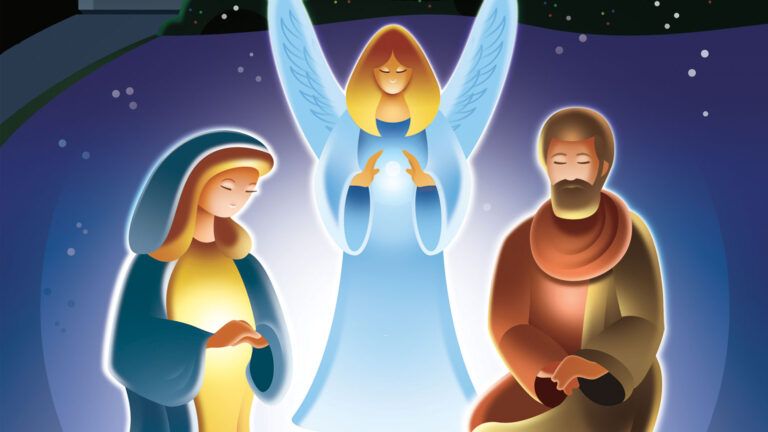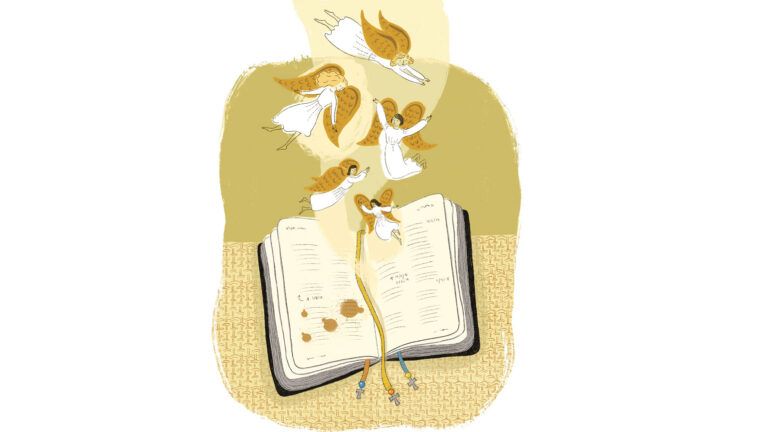I was looking forward to my sister Joan’s visit. She lives in Georgia—a long way from where we grew up here in the Northeast—and I don’t get to see her often. I was looking forward to catching up—and had one special request. “Will you make golabki?” I asked her.
“Of course!” she said.
Golabki is stuffed cabbage—Polish style. We’d lost our mom not long ago, and I was craving some Polish food, meals that we’d grown up eating. Joan and I were raised in a very Polish family. Both sets of grandparents were Polish, and our mother Sophia was born in Dzikowiec, Poland. She came to the United States when she was five. The family first settled in Brooklyn and later moved to southeastern Connecticut, to a town with a fairly sizable Polish community. It was only natural that my mother would learn to cook traditional foods.
Joanie and I went to St. Joseph’s, a Polish grammar school and church in Norwich, Connecticut, right around the corner from where we lived. Polish dishes graced our table, especially at the holidays. I remember incredible spreads that included grzyby (mushrooms), babka (sweet bread), kielbasa (Polish sausage), fresh horseradish, and cucumber salad with sour cream. Nothing fancy, just good, filling farm dishes. These were our comfort foods.
Somehow, though, I never mastered the recipes. But Joanie did. She loves trying out new and healthy recipes on her husband and perfected traditional fare like cabbage soup, and my favorite, golabki. (The word is derived from golemb, or pigeon. It has nothing to do with the bird; the shape is said to resemble a pigeon’s plump body.) Stuffed cabbage pops up in Eastern European, Turkish, Greek and Jewish kitchens, with many variations. Of course, I can’t imagine that any could be as good as Mom’s version, made with ground beef and pork.
A few days before Joanie’s arrival, I was telling my longtime friend Karen (we met in kindergarten at St. Joseph’s) about what a great cook my sister had become. “She’s going to make golabki when she’s here,” I said. Karen grew up in a Polish home too, but like me never learned to make golabki.
“Do you think Joan could show us?” she asked. What a terrific idea! We picked a Saturday afternoon for the lesson, and invited Karen’s husband and another friend to join us for a feast that evening.
I think Joanie was pretty amused that my request for golabki had turned into a cooking class. We went to the store for ingredients. I had to laugh when my sister picked up a head of cabbage and declared, “Isn’t this a beauty!” (I’m sure Mom would’ve approved.) “Mom always used brown rice,” Joanie said, grabbing a bag, a reminder that our mom, who was very health conscious, was ahead of her time. And we agreed we had to have ketchup; sour cream, also a popular golabki topping, just wouldn’t do.
Joanie walked Karen and me through the steps. “The hardest part is rolling the cabbage around the meat,” she said, “but even that’s not hard once you’ve had a little practice.” While we rolled the parcels, the three of us chatted up a storm, swapping memories of our visits to my grandfather’s village where meals went on for hours, with songs sung throughout.
For dinner, we served our golabki with rye bread, a cucumber salad and a little kielbasa on the side. At the end of the meal I felt full in every way: from the satisfying food that connected me with my family, from the companionship of my friends, from an afternoon of laughter and tender memories. And I felt prouder than ever. Turned out my sister was not only a fine cook, but also an excellent teacher.





